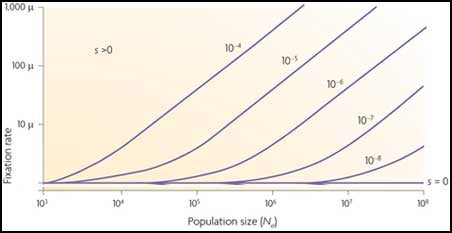In the broadest sense, the Dean Lab studies evolutionary biology. More specifically, we are interested in sexual selection, and how males and females adapt to increase their own reproductive fitness. We integrate three methodological approaches – molecular, computational, and experimental. We study a huge diversity of topics; a small subset is discussed below.
Evolution and development of sexually selected structures
Many mammals possess a bone in their penis, called a baculum. For hundreds of years, these bones have been studied as taxonomic characters. We have developed novel morphometric techniques and coupled them with powerful quantitative genetic methodology to find the genes involved in baculum shape variation. Ultimately, we want to understand the evolutionary processes that drive divergence in genital shape.
We showed that the baculum has been gained and lost multiple times during evolution. In other words, the ancestor of rodents evolved a baculum separately from the ancestor of carnivorans (Schultz et al. 2016). Using a variety of cutting edge genomic methodology – including chromatin immunoprecipitation and single-cell RNA sequencing, we are trying to determine the developmental underpinnings of these independent derivations. This question is important for understanding morphological novelty.
Another line of research focuses on the copulatory plug. In many species, a huge proportion of the male’s seminal fluid coagulates in the female’s reproductive tract to form what has been termed a copulatory plug (marked by the asterisk in the left panel). We have recently established a knockout mouse that cannot form a copulatory plug, offering unprecedented power to characterize its function(s).
Genetics of reproduction
Using wild, wild-derived, and knockout strains of mice, we are testing hypotheses about how reproductive phenotypes vary within and between species. One example of a question we are asking is whether reproductive genes evolve rapidly along lineages leading to species with high levels of promiscuity, which is predicted by sexual selection theory.
Adaptation
We have shown that sexual selection theory cannot be rigorously tested without incoporating knowledge of a species’ effective population size. For example, we might predict that positive selection on reproductive genes is strongest in species experiencing relatively intense sexual selection, but a species’ effective population size will place limits on the strength of selection to which it can respond. We are incorporating effective population size in our tests of sexual selection theory across different species of mice.
The wealth of publicly available data, coupled with bioinformatic skills, allows us to investigate lots of “side projects” revolving around evolutionary biology. For example, we are currently testing whether indel variation occurs randomly throughout a protein. Over evolutionary time, proteins can experience insertions/deletions, but are these occuring randomly? We have tapped into vast proteomics and genomics databases to begin teasing this question apart.
In another project, we are trying to identify genomic regions that influence digit number in mammals. Not all mammals have five toes and five fingers, and the reasons for this could be important for understanding adaptation.
Public service announcement:
If you are interested in the types of research listed above, there is a good chance you are interested in majoring in the “Ecology, Evolution, and Environment” emphasis, here. I am the leader of that emphasis… please feel free to contact me if you have questions (matthew.dean@usc.edu).
You are also likely to be interested in interacting with the Center for Ecological and Evolutionary Dynamics, here. I am the co-director of that center… please feel free to contact me if you have questions (matthew.dean@usc.edu).
Rich Text …






